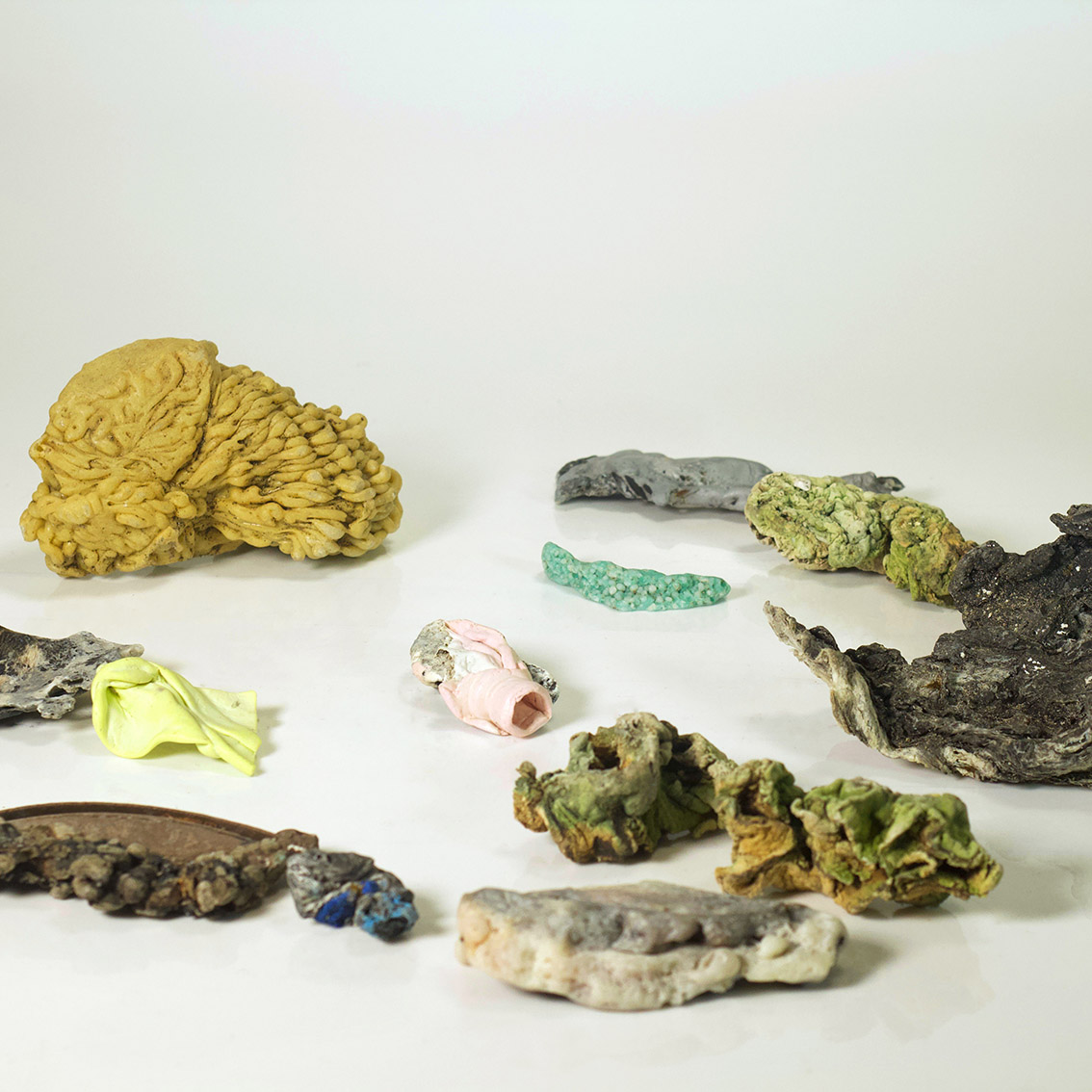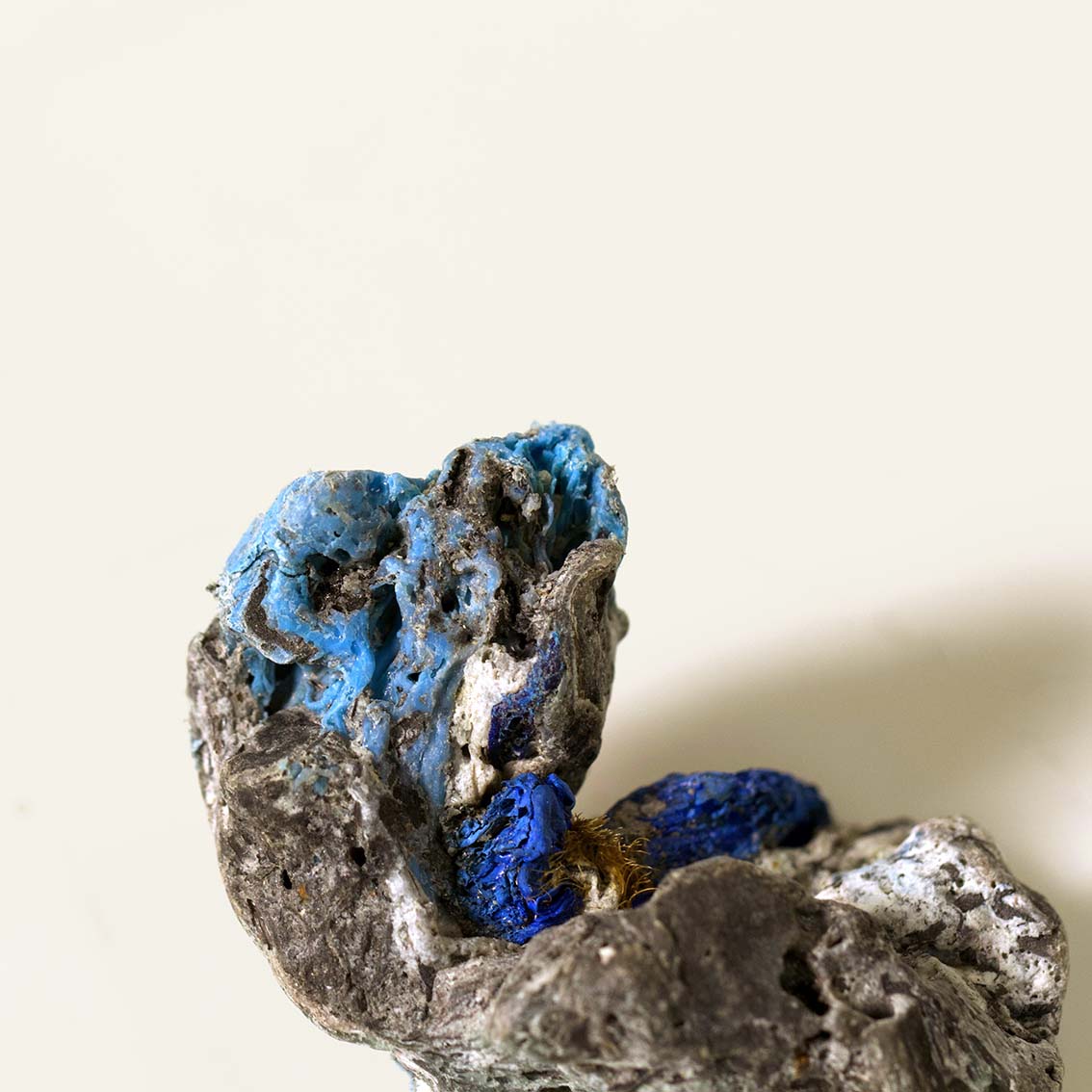Experiment
Live Matter

Aim
To photographically document the warped plastics in ways that provide visual evidence of how they exist and behave post-disposal—thereby promoting ideas that plastic waste doesn’t simply disappear because it is out of sight.
Precedents
This experiment uses Kelly Jazvac’s Plastiglomerate (2013) as a visual precedent. This has influenced this approach, where each piece of plastic was photographed individually in a studio environment. It has also influenced understandings that the visual ‘image’ of these warped plastics is enough to demonstrate the longevity of plastic for others.
It also adopts Bennett’s theories by considering these plastics as ‘lively’ (2010), and documents the warping of these plastics to demonstrate their ability to adapt and evolve through time.
It also adopts Bennett’s theories by considering these plastics as ‘lively’ (2010), and documents the warping of these plastics to demonstrate their ability to adapt and evolve through time.



Methods
The plastics were photographed individually in a photography studio setup. The decision to photograph them singularly was made in order to highlight how each plastic had warped in a different way. This was an attempt to make consumers see plastic as more than a consumer object, and instead engage them with the ‘lively’ (Bennett, 2010) ability of plastic to adapt and warp.
The resulting photographs were intended to be used as ‘facts’ to disseminate to consumers (Figure 1, 2, 3 & 4). They sought to facilitate the same astonishment, intrigue and unsettling realisations about the longevity of plastic that I felt when first encountering these plastics.
The resulting photographs were intended to be used as ‘facts’ to disseminate to consumers (Figure 1, 2, 3 & 4). They sought to facilitate the same astonishment, intrigue and unsettling realisations about the longevity of plastic that I felt when first encountering these plastics.
Reflection
The resulting series of photographs were stylistically too close to that of Plastiglomerate (Jazvac, 2013). This photographic style—a style similar to commercial product photography—ended up reducing the warped plastics into mere objects. My initial interpretations of these warped plastic forms was that they were visual expressions of the afterlives of plastic, and due to my focus on making them aesthetically pleasing, these photographs did not explore or highlight the intricacies of this material warping enough to make clear how plastics can adapt and behave post-use. As a result, I was sceptical whether these photographs would have much of an impact on viewers.
Insights
A different photographic aesthetic was needed to portray these plastics. The characteristics of their warping—the features that would best demonstrate their liveliness—also needed to be highlighted more evidently. This would require a closer inspection of each warped plastic to identify their warped features.